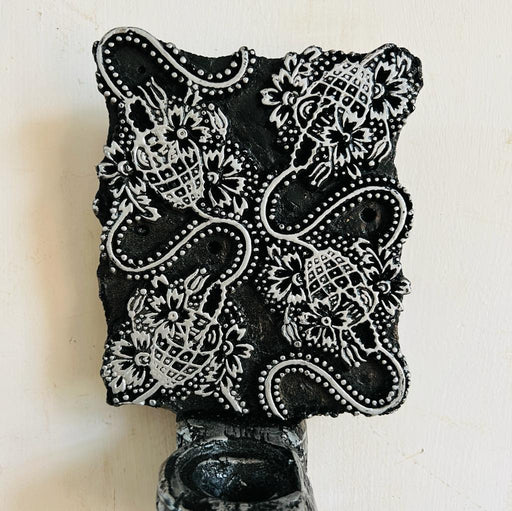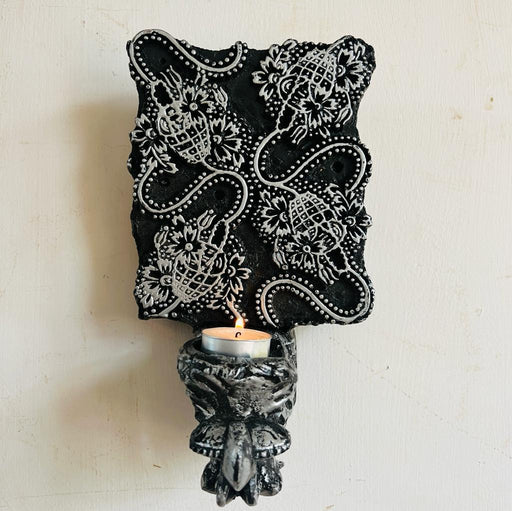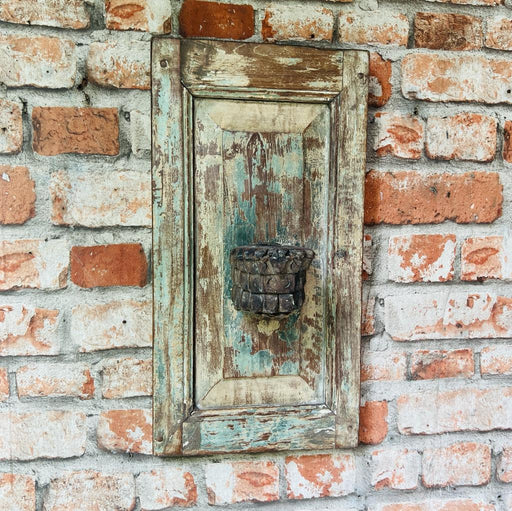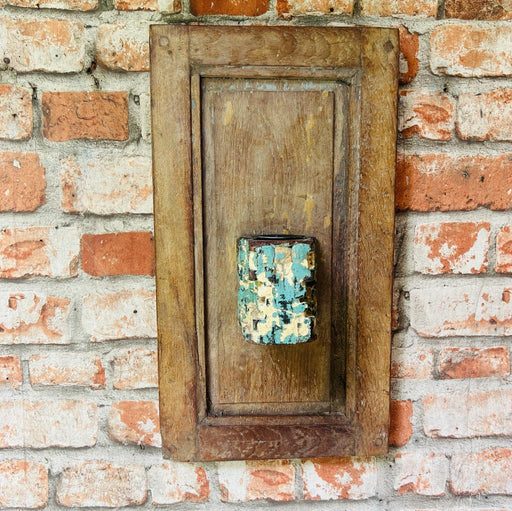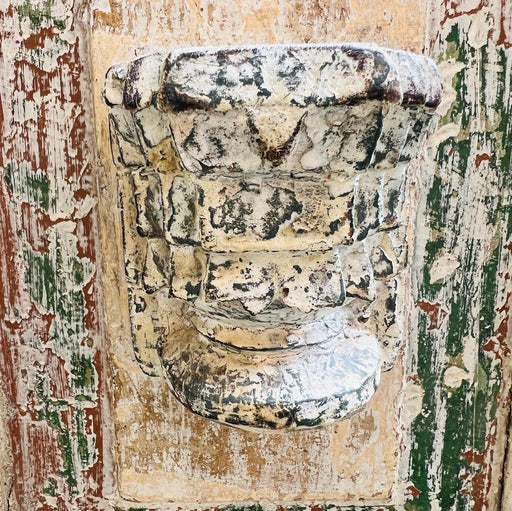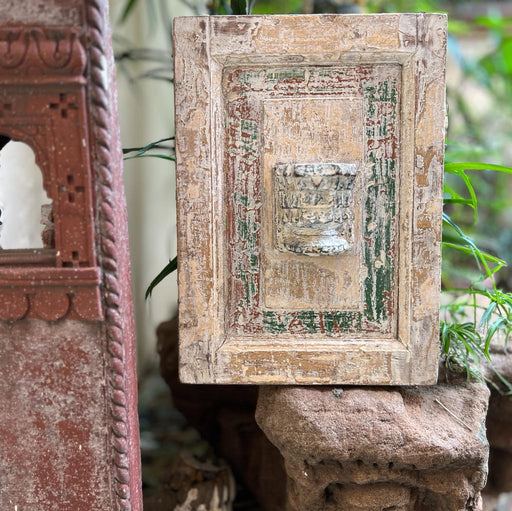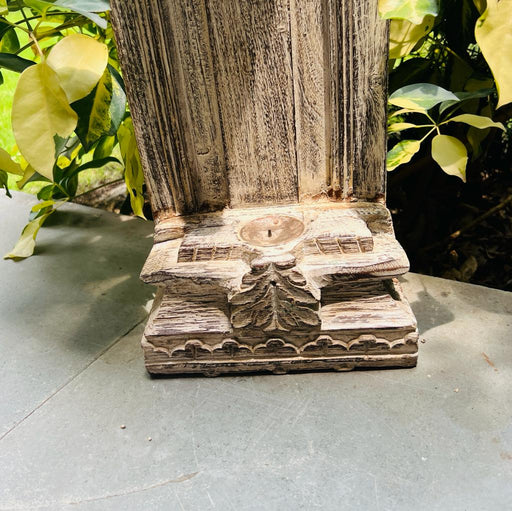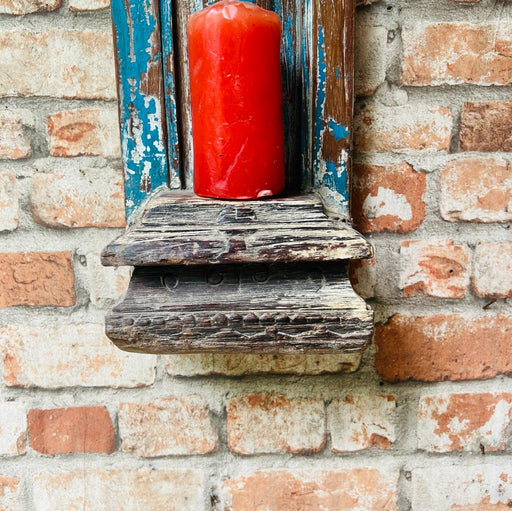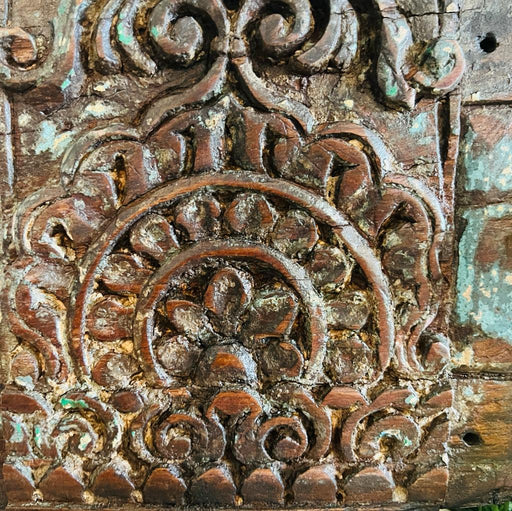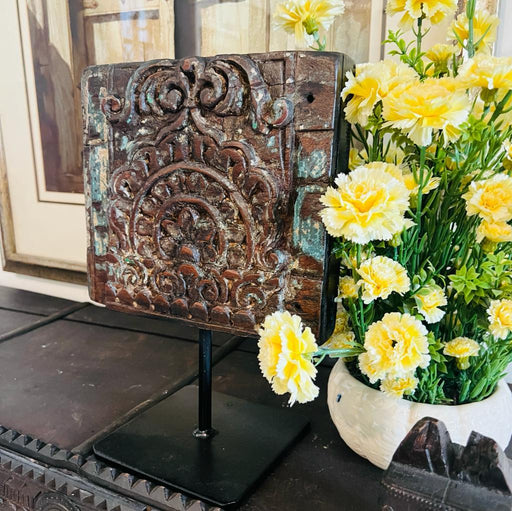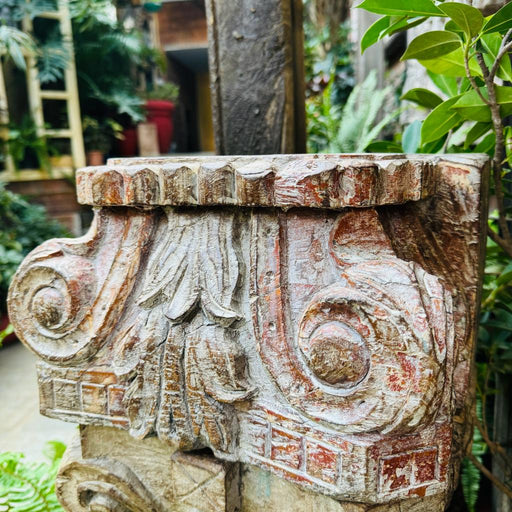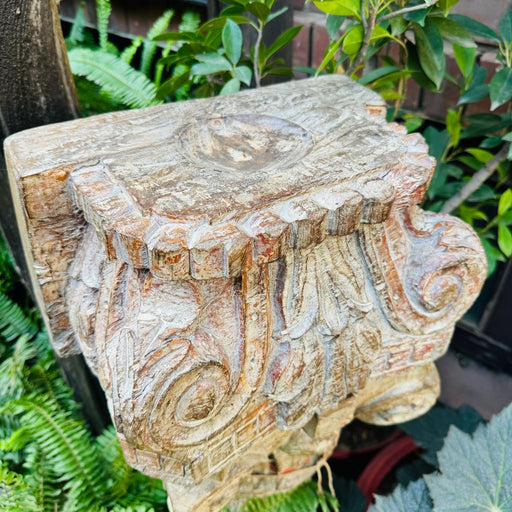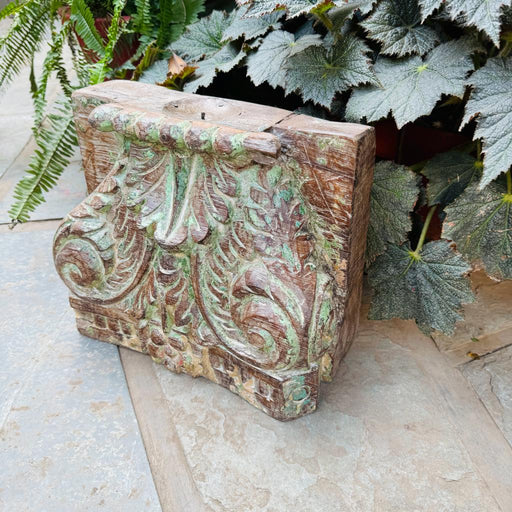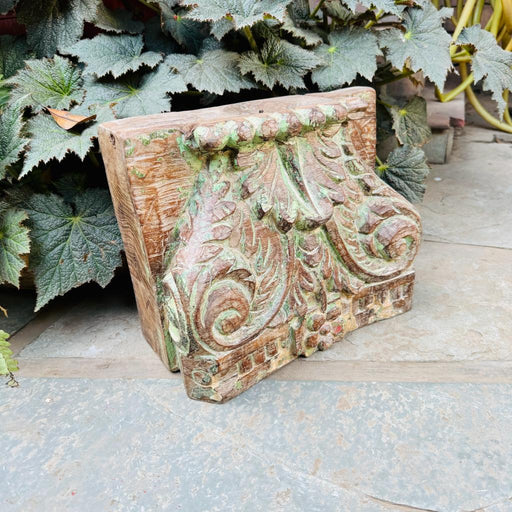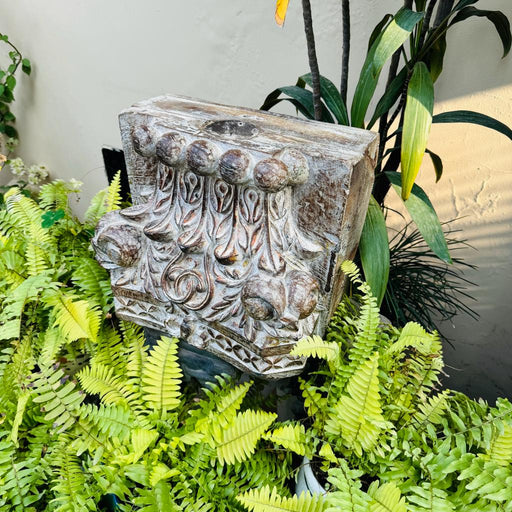A Diya earthen lamp is a handmade craft that showcases the artistic skills and creativity of Indian potters. It comes in various shapes sizes, and designs, such as stone diyas, antique brass diyas, and the ornamental Nachiakoil lamp. A diya is a sacred object that is used in Hindu prayers and ceremonies. It represents wisdom and devotion, as it illuminates the path to the arati, the ritual of offering fire to the deities and then distributing the blessed flame to the worshippers.
What is Diya?
A diya, diyo,deya,deeya,dia, diva,deepa,deepam, deep, deepak or saaki is an oil lamp made from clay or mud with a cotton wick dipped in oil or ghee. These lamps are commonly used in the Indian subcontinent and they hold sacred prominence in Hindu, Sikh, Buddhist and Jain prayers as well as religious rituals, ceremonies and festivals including Diwali.
Traditional Uses of Vintage Diyas:
Clay diyas are symbolically lit during prayers, rituals, and ceremonies; they are permanent fixtures in homes and temples. The warm, bright glow emitted from a diya is considered auspicious and regarded to present enlightenment, prosperity, knowledge and wisdom. Diyas represent the triumph of light over dark, good over evil with the most notable example of this being on the day of Diwali. Diwali is celebrated every year to celebrate the triumph of good over evil as told in the Hindu epic Ramayana. Diwali marks the day Rama, Sita and Lakshmana returned home to Ayodhya after 14 years of exile, after the defeat of Ravana. According to tradition, to welcome Rama, Sita and Lakshmana home, the citizens of Ayodhya are said to have lit up the streets with diyas. They are regarded to be associated with Lakshmi in Hindu iconography and worship.
Traditionally, Diyas are lit every morning in Hindu temples.
Usage of Antique Diyas in Festivals:
DIWALI:
The lighting of Diyas form a part of celebrations and rituals of the important day in the Hindu calendar. Houses are decorated with small diyas placed at the boundaries and entrances. The name of Diwali is derived from the Sanskrit word Deepavali, which means the row of lights(“deep” means Diya, also “avail” means row).
KARTHIKAI DEEPAM:
Diyas, also known as deep in Tamil Nadu, can be lit, especially during the Kartikai Deepam.
WORSHIP AND PRAYERS:
Lit diyas that are placed before deities in temples and then used to bless worshippers Are referred to as an Arati.
A similar lamp called a Butter Lamp is used in Tibetan Buddhist offerings as well.
HINDU RITUALS:
Birth: The lightning of Diyas is also part of the Hindu religious rituals related to birth.
Types:
In terms of the choice of material, the kiln-fired earthenware lamps followed by the metallic lamps with multiple wicks, mostly of brass known as Samai, are the most common, though other materials are also used such as travail floating lamps made from leaves or permanent lamps made of stones.
In terms of wick design, diyas with one wick are most common, followed by the two-wick style, but other variations such as four, five or seven-wick lamps are also made.
In terms of overall lamp design, the ornamental lamps come in various designs. The iconic Nachiarkoli lamp, also known as “Anam Lamp”, is produced exclusively in by the Pather (Kammalar) community in Nachiyar Koli of Tamil Nadu.
A few other types also seen are stone diyas, and modern-day adaptions are antique diyas and antique brass diyas, antique silver diyas.
Diya/Candle Stands and Holders:
In this modern-day era, we as consumers want everything to be classy and exuberant. In search of that, we have created them to raise the bar for home décor.
Candle Holders:
Candle holders are heat-proof containers used to hold and display candles safely. They are almost always made of glass, metals or cast iron. Some are plain and purely functional, while others are decorative and used to improve the look of a home. Candle Holders are also used as part of religious rituals.
Candle Stands:
A candle stand is a stand designed to hold a candle stick, often composed of a column from tripod legs and supporting a circular or polygonal tray. Absolute Vintage candle stands were from 17th century English candlestands that were of oak or walnut, 3-5 feet tall, with twist and baluster turning and scroll feet.
In the 18th century carved candlestands with cabriole legs were common, some of the finest being gilded. At the closing of the century, Rococo and Chinoiserie designs gave way to a more severe Neoclassical style. Shaker candlestands are prized, however for their simple elegance.
Their modern-day adaptations are antique candle stands, retro candle stands, vintage candle holders, and antique candle holders.
Diya Stands:
Diya stand and Diya holder both have similar uses as candle holder & candle stands but especially for diyas. The modern variation is the Antique Diya stand.
Conclusion:
The above-mentioned products are utility products. These can be used in your day-to-day life, can also be part of your home décor and enhance the look of the house. The traditional look with a modern touch is what is coming next. These products can be sought anywhere in the market, but searching online will give an upper hand since it will give a wider choice of products and Khojcraft is a one-stop destination for that. To find attractive diyas and candle holders click here and enjoy your shopping.
























